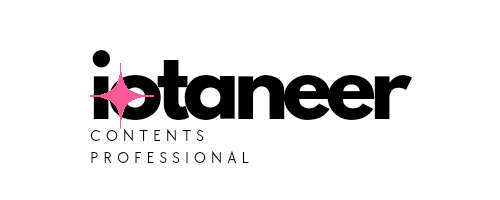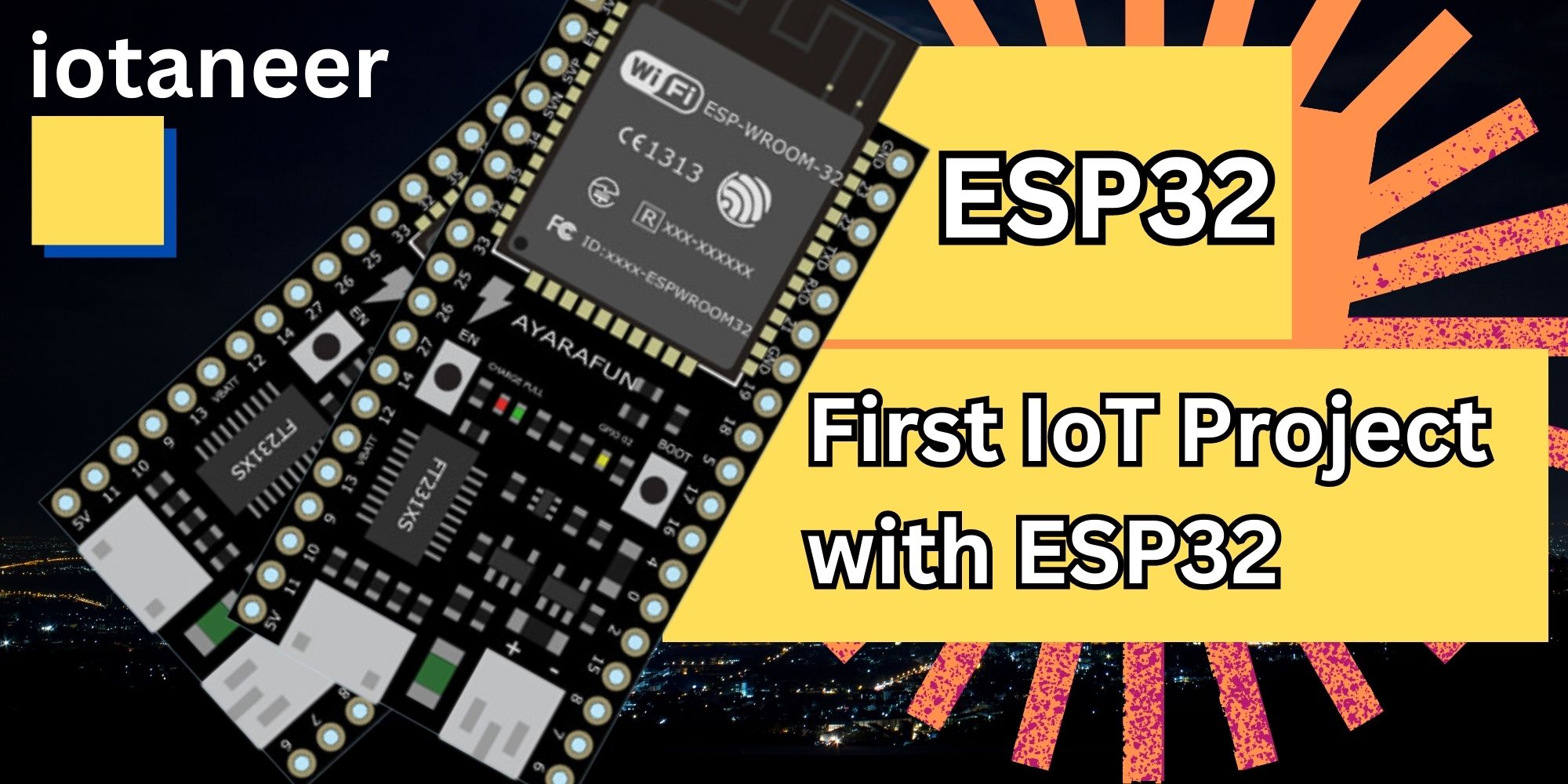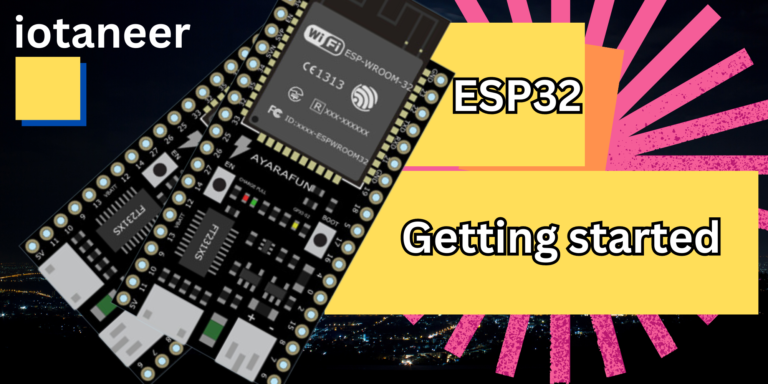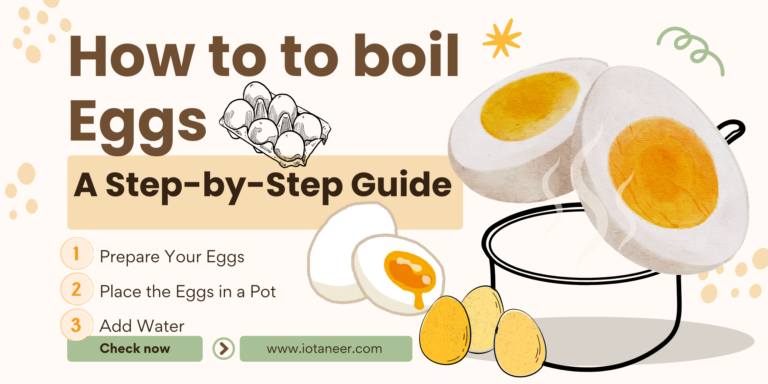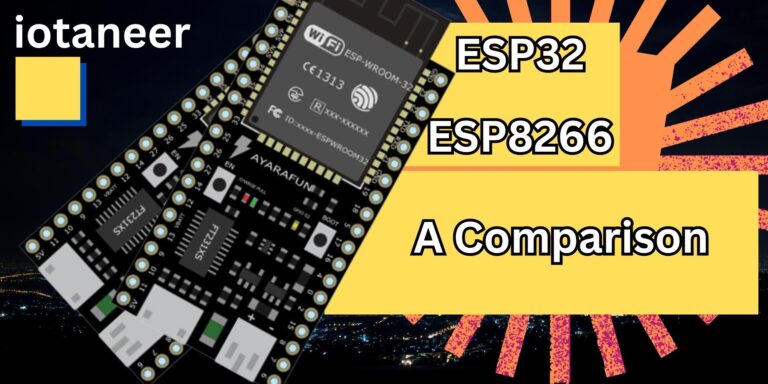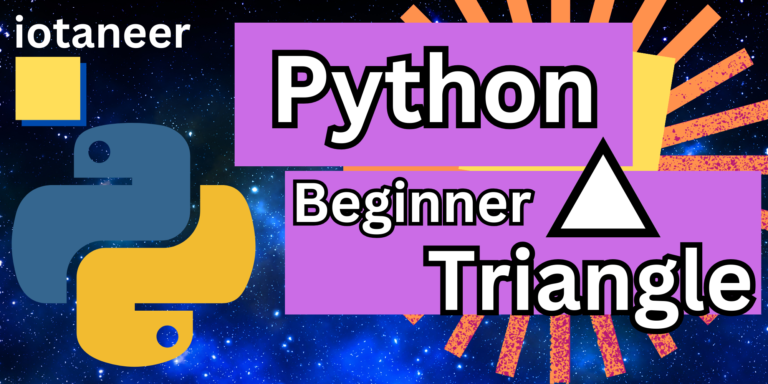The Internet of Things (IoT) has transformed the way we interact with the world around us. From smart homes to industrial automation, IoT has created a connected ecosystem where devices communicate and collaborate. If you’re eager to dive into the world of IoT development, there’s no better way to start than by building your first IoT project with the versatile ESP32 microcontroller. In this guide, we’ll walk you through the process of creating a simple IoT project step by step.
Project Idea: IoT Weather Station
For our introductory IoT project, we’ll create an IoT weather station that measures temperature, humidity, and light intensity and sends this data to the cloud. This project showcases how the ESP32 can gather information from the physical world and transmit it for remote monitoring and analysis.
Hardware Components
Before we begin, gather the following components:
- ESP32 development board
- DHT22 temperature and humidity sensor
- LDR (Light-Dependent Resistor)
- Breadboard and jumper wires
- USB cable for ESP32 power
Setting Up the Hardware
- Connect the DHT22 Sensor: Connect the DHT22 sensor to the ESP32 using jumper wires. Connect the VCC pin to 3.3V, GND to GND, and the data pin to a GPIO pin (e.g., pin 4).
- Connect the LDR: Connect the LDR to another GPIO pin (e.g., pin 5) on the ESP32. Connect one leg to the GPIO pin and the other leg to a voltage divider circuit with a resistor connected to GND. Connect the junction between the LDR and the resistor to 3.3V.
Setting Up the Software
1. Install Required Libraries
In the Arduino IDE, install the necessary libraries for the DHT sensor and Wi-Fi communication. Install the “DHT sensor library” by Adafruit and the “Adafruit Unified Sensor” library.
2. Writing the Code
#include <WiFi.h>
#include <DHT.h>
// Replace with your network credentials
const char* ssid = "YourWiFiSSID";
const char* password = "YourWiFiPassword";
// DHT sensor setup
#define DHTPIN 4
#define DHTTYPE DHT22
DHT dht(DHTPIN, DHTTYPE);
// Pin for LDR
#define LDRPIN 5
// Replace with your cloud server details
const char* serverName = "yourserver.com";
const int serverPort = 80;
void setup() {
Serial.begin(115200);
dht.begin();
// Connect to Wi-Fi
WiFi.begin(ssid, password);
while (WiFi.status() != WL_CONNECTED) {
delay(1000);
Serial.println("Connecting to WiFi...");
}
Serial.println("Connected to WiFi");
}
void loop() {
// Read temperature and humidity from DHT sensor
float temperature = dht.readTemperature();
float humidity = dht.readHumidity();
// Read light intensity from LDR
int lightIntensity = analogRead(LDRPIN);
// Create HTTP client object
WiFiClient client;
// Connect to server
if (client.connect(serverName, serverPort)) {
String data = "temperature=" + String(temperature) +
"&humidity=" + String(humidity) +
"&lightIntensity=" + String(lightIntensity);
client.println("POST /data HTTP/1.1");
client.println("Host: " + String(serverName));
client.println("Connection: close");
client.println("Content-Type: application/x-www-form-urlencoded");
client.println("Content-Length: " + String(data.length()));
client.println();
client.print(data);
client.println();
}
// Wait a minute before sending the next update
delay(60000);
}
3. Create a Cloud Server
Set up a simple cloud server to receive and store the data sent by the ESP32. You can use a cloud service like Firebase or set up your own server using platforms like Node.js and Express.
Conclusion
Congratulations! You’ve successfully built your first IoT project using the ESP32. By creating an IoT weather station that measures temperature, humidity, and light intensity and sends the data to the cloud, you’ve gained insights into the process of gathering, transmitting, and storing information from the physical world.
This project serves as a stepping stone for more advanced IoT applications. You can enhance this project by adding more sensors, integrating real-time data visualization, or setting up alerts based on certain conditions.
The ESP32’s flexibility and capabilities make it a powerful tool for IoT development. As you embark on more IoT projects, you’ll discover endless possibilities for creating smarter, more connected environments. So, keep exploring, innovating, and building with the ESP32, and watch as your IoT ideas come to life!
